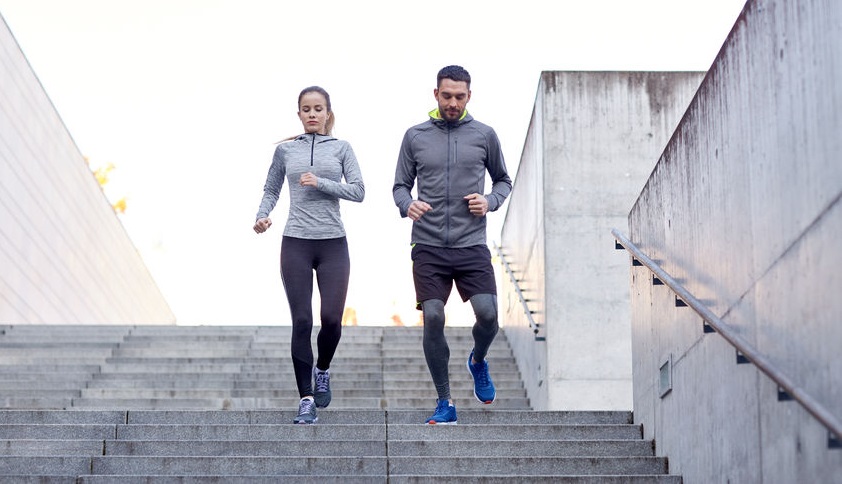This is the second part of a two-part series on improving athletic performance.
Improving Athletic Performance
If you want to improve athletic performance, Shaun Karp, who has trained many world-class athletes says, “you need to focus on three things when trying to improve athletic performance: improving joint and muscle strength, improving cardiovascular endurance/recovery, and preventing injuries.”
Improving Cardiovascular Performance
Most of us want to improve our athletic performance, but do not always train cardiovascular endurance in the most efficient way.
An athlete needs to consider if their training in the gym will translate into the sport or activity their performing.
“I often see a lot of people working really hard in improving cardiovascular endurance, but what is crucial to understand is that the cardiovascular training you’re doing on a treadmill or out on the track must translate to the sport you’re performing,” notes Shaun.
He continues, “Improving your overall endurance by running at 75% for 15-30 minutes on the treadmill is great, but if you’re a hockey player, working in short 45 second bursts, it makes more sense to focus on sprints paired with slower jogging. You really need to simulate the activity that you’re doing to get the best results.”
Preventing Injuries
Injury prevention is not commonly seen as a technique to increase athletic performance. Injury prevention programs include balance, flexibility, durability, and education on proper movements. Since the less observable progress made by performing these activities and the preventative nature of them aren’t as obvious, as say, performing some explosive movement or improving your time on a treadmill, they are often overlooked.
“Improving athletic performance requires injury prevention, but the fact is that injury prevention exercises such as improving flexibility, working on basic movements, and working on muscle balance are not as exciting, and can be repetitive,” says Shaun.
Simple exercises such as working on strengthening abdominal and core muscles to promote support for the lower back, working on developing shoulder stability through simple exercises that work the external rotator cuff, or spending extra time stretching hamstrings, do not feel like they’re improving athletic performance.
“And that’s the problem. Most of us do not see the value in spending the time on all the boring aspects of injury prevention. Taking the time developing those little muscles and stabilizers is key to preventing injury and thus improving athletic performance,” says Shaun.
The fact is that most sports injuries don’t occur by accident, they’re a product resulting from a series of joint imbalances. These imbalances may disguise themselves, having no symptoms, but one wrong movement or series of movements can result in those disguised imbalances becoming an injury. So it is worth spending the time working on injury prevention.
“It can sometimes feel like spending time working on shoulder stability or stretching out muscles like your hips and hamstrings – that is, taking preventative measures – doesn’t increase performance. But by not doing these simple tasks, we become a lot more susceptible to injury over time.”
Shaun continues, “Much of the time, we cannot detect these imbalances, or slowly get used to them because they have such a slow onset, but if you don’t take preventative measures, they will result in injury and compromise long-term athletic performance.”
Seeking professional help for developing a personalized cardiovascular routine and a detailed injury prevention plan can be recommended by a certified kinesiologist or personal trainer for superior performance.

